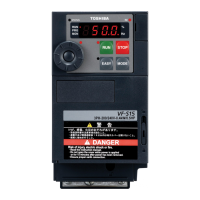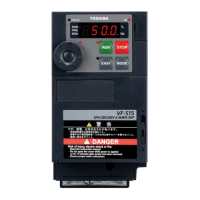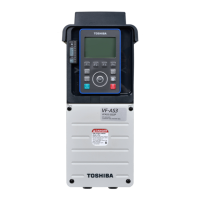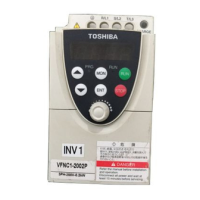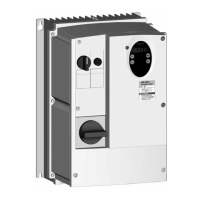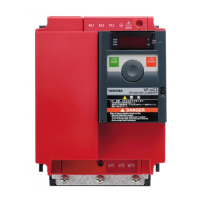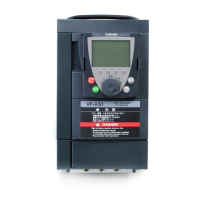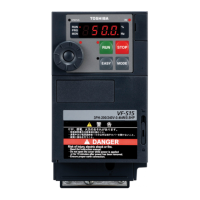E6581386
G-8
7
Parameter setting
Positive
logic
Negative
logic
Function Operation output specifications (in case of positive logic)
Specified data output 4
Specified data output 5
Specified data output 6
Specified data output 7
Output of the designated data in 7-bit.
Positive torque limit ON:Positive torque is over the positive torque limit level.
Negative torque limit ON:Negative torque is over the positive torque limit level.
Output for external rush
suppression relay
ON:External rush suppression relay is actuated.
L-STOP
ON:Operation at the lower limit frequency is performed
continuously.
Part replacement alarm Alarm:The time of replacement of parts is approaching.
Over-torque pre-alarm ON:Over-torque is detected.
Frequency command 1/
2 selection
ON:Frequency command selection 2 is selected.
Failure FL (Except
emergency stop)
ON:A trip other than emergency stop has occurred.
Local/remote switching ON: Local mode
Forced operation (Force)
ON: Forced operation (Operation continued in the case of a minor
failure)
Forced operation (Force) ON: Forced operation
Undertorque detection ON: If an undertorque is detected
Frequency command
agreement signal
(RR/S4)
ON: If the frequency command specified with
or
agrees with the frequency command entered via RR/S4 (when RR
is used as a signal input terminal). An agreement range can be
specified with
.
Frequency command
agreement signal (VI)
ON: If the frequency command specified with
or
agrees with the frequency command entered via VI. An agreement
detection range can be specified with
.
Frequency command
agreement signal (RX)
ON: If the frequency command specified with
or
agrees with the frequency command entered via RX An
agreement detection range can be specified with
.
PTC alarm detection
ON: If the PTC thermal specified with
or is
detected
Power removal signal ON: When a PWR input signal is received
VI/VII input wire breakage
ON: If the breakage of a VI/VII input wire is detected
My function output 1 ON:My function output 1 is ON.
My function output 2 ON:My function output 2 is ON.
My function output 3 ON:My function output 3 is ON.
My function output 4 ON:My function output 4 is ON.
My function output 5 ON:My function output 5 is ON.
My function output 6 ON:My function output 6 is ON.
My function output 7 ON:My function output 7 is ON.
My function output 8 ON:My function output 8 is ON.
My function output 9 ON:My function output 9 is ON.
My function output 10 ON:My function output 10 is ON.
My function output 11 ON:My function output 11 is ON.
My function output 12 ON:My function output 12 is ON.
My function output 13 ON:My function output 13 is ON.
My function output 14 ON:My function output 14 is ON.
My function output 15 ON:My function output 15 is ON.
My function output 16 ON:My function output 16 is ON.
lways OFF (for terminal
signal tests)
Output signal always OFF
Note 1: “ON” in positive logic : Open collector output transistor or relay is turned on.
“OFF” in positive logic : Open collector output transistor or relay is turned off.
“ON” in negative logic : Open collector output transistor or relay is turned off.
“OFF” in negative logic : Open collector output transistor or relay is turned on.
Note 2: Alarm output check conditions are as follows.
(1) Undervoltage detected :To be checked during operation.
(2) Low current detected : To be checked during operation command.
(3) Overtorque detected : To be checked always.
Q Sink logic/source logic
Sink logic and source logic (logic of input/output terminal) can be switched to each other.
⇒ For details, refer to Section 2.3.2.
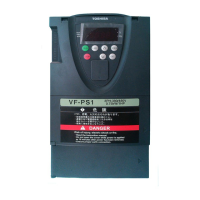
